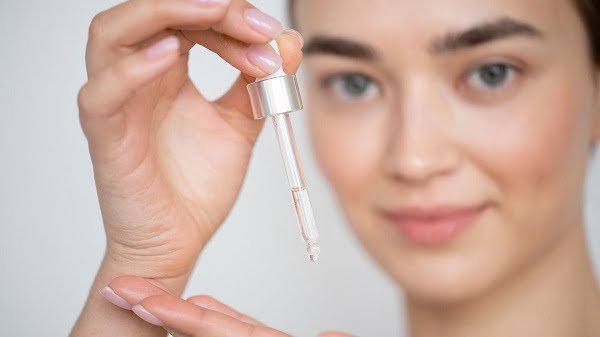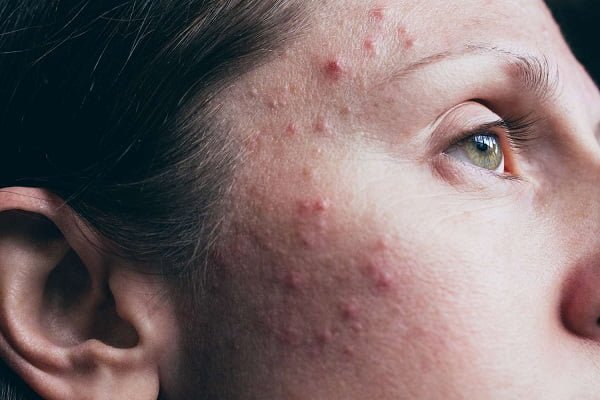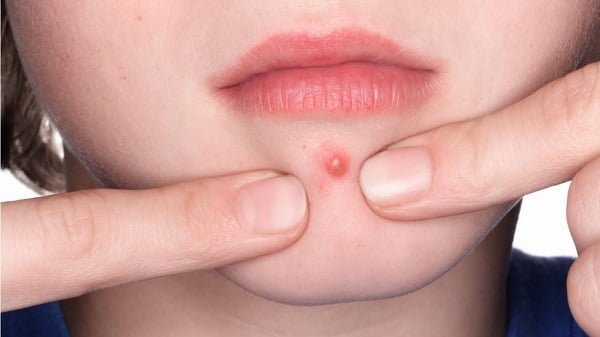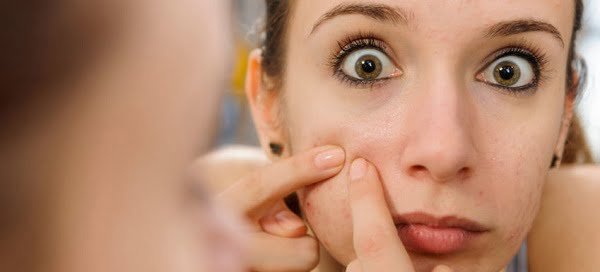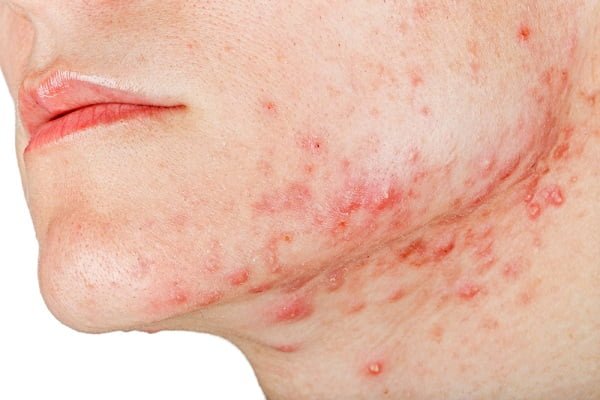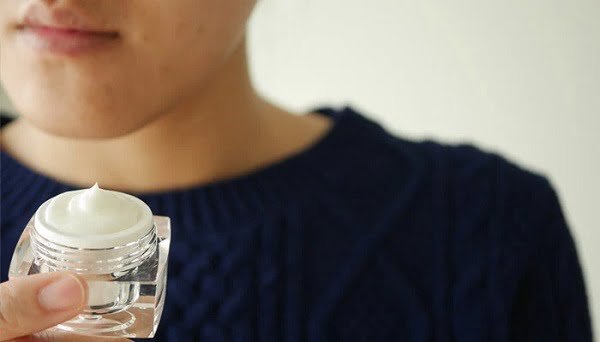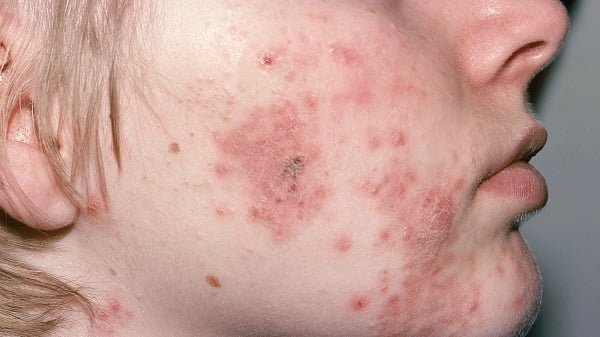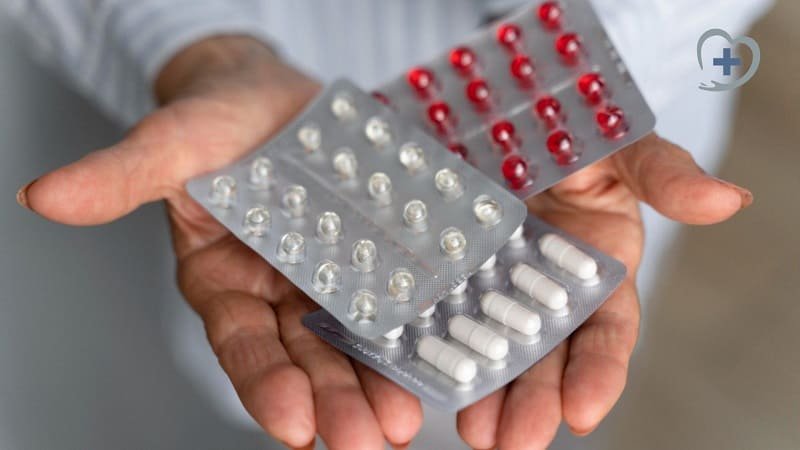Introduction:
Acne is a common skin condition that affects millions of people worldwide, causing distress and discomfort. Among the arsenal of acne-fighting ingredients, benzoyl peroxide stands out as a powerful ally in the battle against blemishes. In this blog, we’ll explore the skin benefits of benzoyl peroxide in treating acne, its mechanism of action, and how to incorporate it into your skincare routine for clearer, healthier skin.
Understanding Benzoyl Peroxide:
Benzoyl peroxide is a topical medication widely used in dermatology for the treatment of acne. It belongs to the class of keratolytic agents, which work by breaking down keratin, a protein that contributes to the formation of acne lesions.
Skin Benefits of Benzoyl Peroxide:
- Antibacterial Properties: One of the key benefits of benzoyl peroxide is its potent antibacterial activity. It effectively targets and kills Propionibacterium acnes (P. acnes), a bacteria that plays a significant role in the development of acne. By reducing the population of P. acnes on the skin’s surface, benzoyl peroxide helps to prevent the formation of new acne lesions.
- Exfoliation: Benzoyl peroxide acts as a keratolytic agent, meaning it helps to exfoliate the outer layer of the skin. By promoting cell turnover and shedding dead skin cells, benzoyl peroxide unclogs pores and prevents the buildup of debris that can lead to acne formation.
- Reduction of Inflammation: In addition to its antibacterial and exfoliating properties, benzoyl peroxide has anti-inflammatory effects. It helps to calm redness, swelling, and inflammation associated with acne lesions, promoting faster healing and reducing the risk of scarring.
Incorporating Benzoyl Peroxide into Your Skincare Routine:
When incorporating benzoyl peroxide into your skincare routine, it’s essential to start slowly and gradually increase frequency to minimize the risk of irritation. Here’s how to use benzoyl peroxide effectively:
- Begin with a low concentration (2.5% to 5%) to assess your skin’s tolerance.
- Apply a thin layer of benzoyl peroxide to clean, dry skin once daily, preferably in the evening.
- Avoid applying benzoyl peroxide to sensitive or irritated areas of the skin, and be cautious when using it in combination with other potentially irritating skincare products.
- Always follow up with a moisturizer to help prevent dryness and irritation.
Where does benzoyl peroxide available naturally?
Benzoyl peroxide is a synthetic compound and is not found naturally in plants or other organic sources. It is produced industrially through chemical synthesis and is commonly used in skincare products as an effective treatment for acne. While benzoyl peroxide itself is not available naturally, there are natural ingredients with antibacterial and anti-inflammatory properties that can be beneficial for acne-prone skin. Examples include tea tree oil, witch hazel, aloe vera, and green tea extract. These natural ingredients can complement benzoyl peroxide in skincare routines and may help enhance its effectiveness while providing additional soothing and nourishing benefits to the skin.
Risk of over use of benzoyl peroxide:
Overuse of benzoyl peroxide can increase the risk of side effects and may lead to skin irritation, dryness, and sensitivity. Here are some potential side effects associated with overuse of benzoyl peroxide:
- Skin Irritation: Overuse of benzoyl peroxide can cause redness, itching, burning, and stinging sensations on the skin. This irritation is more common in individuals with sensitive or dry skin.
- Dryness and Peeling: Benzoyl peroxide has drying effects on the skin, which can lead to excessive dryness and peeling, especially when used in high concentrations or applied frequently.
- Increased Sensitivity: Prolonged or excessive use of benzoyl peroxide can compromise the skin’s natural barrier function, leading to increased sensitivity to other skincare products and environmental factors.
- Allergic Reactions: While rare, some individuals may experience allergic reactions to benzoyl peroxide, characterized by severe itching, swelling, or rash. If you develop any signs of an allergic reaction, discontinue use immediately and seek medical attention.
- Benzoyl Peroxide Bleaching: Benzoyl peroxide can bleach fabrics and hair, leading to discoloration. Avoid contact with clothing, towels, and hair to prevent bleaching.
To minimize the risk of side effects of benzoyl peroxide:
- Start with a low concentration (2.5% to 5%) and gradually increase as tolerated.
- Use benzoyl peroxide once daily or as directed by your dermatologist.
- Avoid applying benzoyl peroxide to sensitive or irritated areas of the skin.
- Moisturize regularly to help prevent dryness and irritation.
- Use sunscreen daily, as benzoyl peroxide can increase skin sensitivity to UV radiation.
- If irritation occurs, reduce the frequency of use or switch to a lower concentration.
- Consult a dermatologist if you experience persistent or severe side effects.
Conclusion:
Benzoyl peroxide is a highly effective acne treatment known for its antibacterial, exfoliating, and anti-inflammatory properties. By incorporating benzoyl peroxide into your skincare routine, you can target acne at its source, reduce inflammation, and achieve clearer, healthier skin. Remember to start with a low concentration and gradually increase use to minimize the risk of irritation, and always follow up with a moisturizer to maintain skin hydration. With consistent use and proper skincare practices, benzoyl peroxide can be a valuable tool in your journey to acne-free skin.
FAQs related to "Benzoyl peroxide skin benefits in treating acne"
Benzoyl peroxide works by reducing the population of Propionibacterium acnes (P. acnes) bacteria on the skin’s surface, preventing the formation of new acne lesions. It also acts as a keratolytic agent, helping to exfoliate dead skin cells and unclog pores, which can reduce the severity of acne breakouts.
Benzoyl peroxide is effective in treating a variety of acne lesions, including blackheads (open comedones), whiteheads (closed comedones), papules, pustules, nodules, and cysts.
Results from benzoyl peroxide treatment can vary depending on the individual’s skin type, the severity of acne, and the concentration of benzoyl peroxide used. Some people may notice an improvement in their acne within a few weeks of starting treatment, while others may require several weeks or months to see significant results.
Benzoyl peroxide can be effective for treating acne in most skin types, including oily, combination, and acne-prone skin. However, individuals with sensitive or dry skin may experience increased irritation and dryness when using benzoyl peroxide. It’s essential to start with a low concentration and gradually increase as tolerated to minimize the risk of side effects.
Yes, benzoyl peroxide can be used in combination with other acne treatments, such as topical retinoids, salicylic acid, and oral antibiotics. Combining benzoyl peroxide with other acne-fighting ingredients can enhance its effectiveness and improve overall treatment outcomes.
Common side effects of benzoyl peroxide include skin irritation, dryness, redness, and peeling. These side effects are typically mild and can be minimized by using a low concentration of benzoyl peroxide and moisturizing regularly. In rare cases, some individuals may experience allergic reactions or increased sensitivity to sunlight.
Yes, benzoyl peroxide can be used for long-term acne management to prevent new breakouts and maintain clearer, healthier skin. It is generally safe for prolonged use when used as directed and under the guidance of a dermatologist. However, it’s essential to monitor your skin for any signs of irritation or adverse reactions and adjust your skincare routine accordingly.

